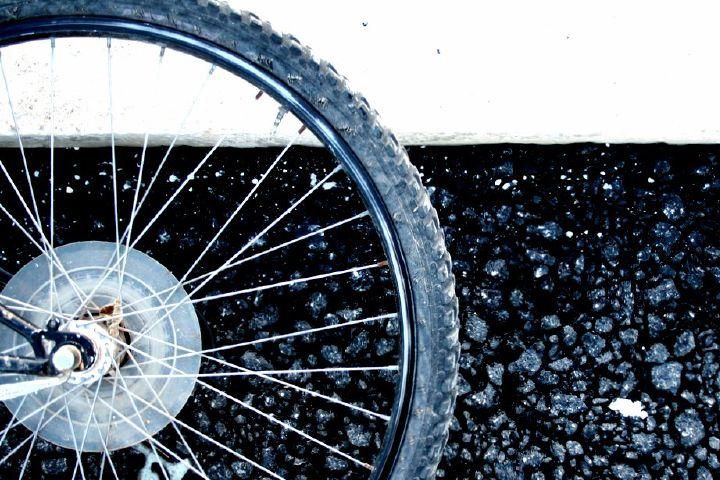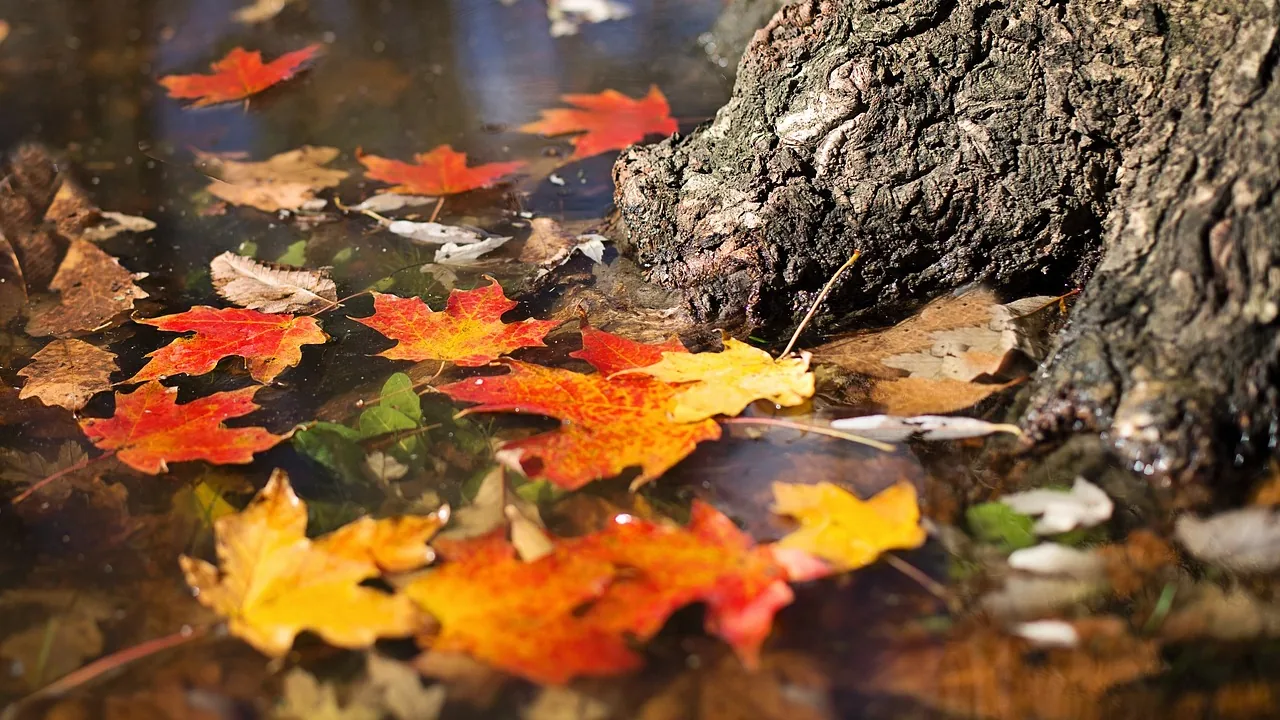Do you know why things fall on the ground?
They do because they are pulled by a force known as gravity.
Have you seen how magnets stick to each other?
They do so because they are pulled by a force known as the magnetic force.
Do you know how we are able to walk?
Our legs of course! But other than our legs, we also have to give credit to a small force that exists between our feet and the ground when we walk. This force is called ‘friction’. Whenever two surfaces rub or move against each other, the force of friction is generated between them. Friction is a resisting force which is always in the direction opposite to the direction in which the object is moving.
Can’t get it? No Problem! Let us understand it with an example.
When you walk, your feet rub the ground. At this point, a small force of friction gets generated. Since it is a resisting force, it pulls your feet in the direction opposite to where you are moving. But you don’t feel your feet getting pulled, you would say. That’s correct! The frictional force is so tiny that you don’t feel the pull. But this tiny force gives your feet a grip. You need grip to propel yourself forward on each foot as you walk otherwise you will slip. Think about how difficult it is to walk or drive on ice on an icy day. Smooth surfaces create very little friction. There is not enough resistance to give you a grip. In the park, slides are always super smooth. No points for guessing why!
Let’s take another example.
Advertisement
When you throw a ball on the grass, it stops after travelling some distance. Why? Try deliberating on it now. It stops because of friction. The surface of the ball rubs to create some friction on the grass. Friction starts pulling the ball in the opposite direction. Because of this, ball first slows down and then comes to a stop. Without friction, the objects would keep on moving for much longer. Imagine if there were no friction, fielders would have to run hard to stop the ball in the game of cricket. That’s funny!
Friction also comes into play when objects are in the air. When an aircraft is in the air, the air particles create friction and cause resistance. The engines push the plane, and the air resistance pulls the plane back. The force from the engines (thrust) pushing the craft forward always exceeds the air resistance (drag) pulling the plane back. That’s why the plane is stable when it moves through the air.
In all the above instances, friction proved to be a helpful force. Can you think of instances where friction can be quite unhelpful? For one, if there were no friction our shoes would have lasted much longer. Ha!





Leave a Reply